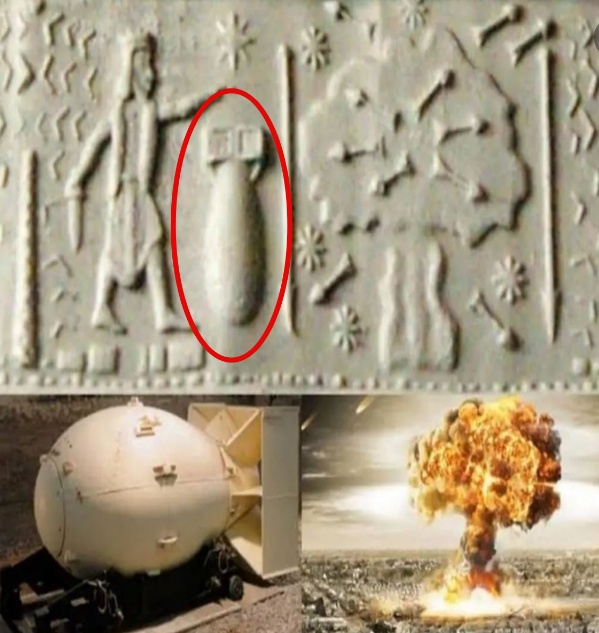Over the past three centuries, humanity has experienced an unprecedented surge in technological innovation, reshaping societies and propelling the modern world forward. However, amidst this rapid advancement, a fascinating question arises: could there have been advanced civilizations predating our recorded history, hidden within the depths of the Holocene Epoch? This exploration delves into the intriguing concept of ancient civilizations flourishing before our documented timelines and the implications such revelations could have on our understanding of human development.

Enigmatic Artifacts and Archaeological Enigmas:
Archaeological excavations have unearthed puzzling structures and artifacts that challenge our conventional understanding of ancient societies. From intricate machinery to anomalous objects, these artifacts hint at a level of technological sophistication seemingly incongruent with the established historical narrative. Investigating these archaeological enigmas becomes a gateway to considering the possibility of advanced civilizations in the Holocene Epoch.
Monumental Marvels and Unconventional Engineering:
The construction of megalithic structures, such as pyramids, temples, and stone circles around the globe, stands as a testament to ancient engineering prowess. The precision with which these structures were built, often aligning with celestial events, prompts speculation about the existence of advanced knowledge in fields such as astronomy and mathematics. Exploring the concept of ancient civilizations in the Holocene encourages a reevaluation of the capabilities of our ancestors.
Theories of Lost Knowledge and Forgotten Societies:
Throughout history, tales of lost knowledge and forgotten societies have permeated cultural narratives. Mythologies and legends, from Atlantis to ancient Indian scriptures, suggest the presence of advanced civilizations with technological acumen that rivals or surpasses our own. Could these stories be more than myths, serving as echoes of a time when humanity reached heights of intellectual and technological achievement?
Geological Clues and Environmental Context:
Beyond artifacts and structures, geological and environmental factors contribute to the holistic exploration of potential ancient civilizations. Geological anomalies and environmental changes may provide additional clues about the existence of technologically advanced societies and the factors that may have contributed to their rise and fall. Combining geological and archaeological research creates a more comprehensive narrative of ancient civilizations.

Scientific Scrutiny and the Need for Empirical Evidence:
While the prospect of advanced civilizations in the Holocene Epoch is intriguing, the scientific community emphasizes the importance of empirical evidence and rigorous scrutiny. Interdisciplinary collaboration between archaeologists, geologists, and other scientific disciplines is essential to substantiate claims and ensure that speculative theories align with the standards of academic inquiry. Skepticism and cautious exploration play pivotal roles in maintaining the integrity of the scientific process.
The notion of advanced civilizations predating recorded history in the Holocene Epoch sparks a journey of intellectual curiosity and exploration. As we navigate through archaeological mysteries, megalithic wonders, and geological clues, the possibility of forgotten technological marvels emerges as a tantalizing prospect. Whether these civilizations truly existed or remain speculative hypotheses, the pursuit of understanding our ancient past invites us to unravel the mysteries that lie beneath the layers of time, reshaping our perception of human development.
















